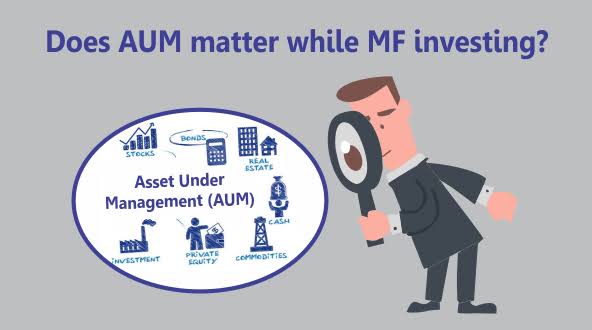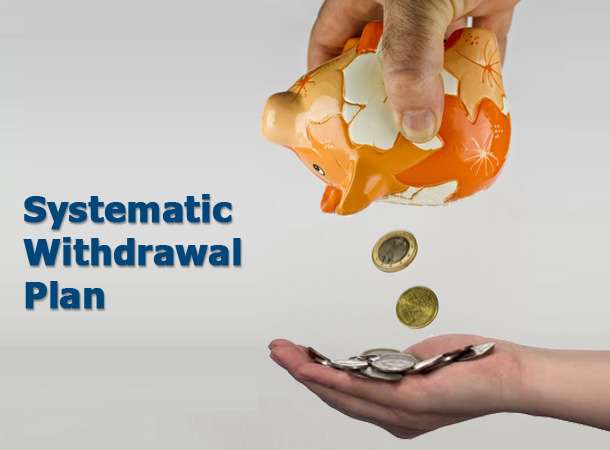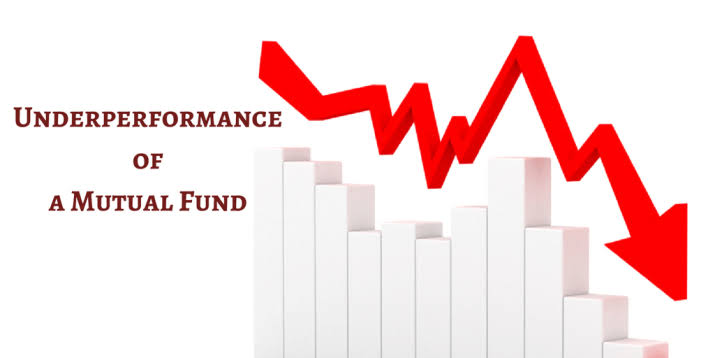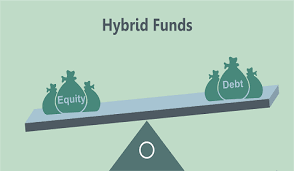
Which is better GROWTH or DIVIDEND REINVESTMENT?
Updated on 02-03-2020
Growth
Funds with growth option means that the profit generated from the investment in underlying securities remains invested in the fund. The results are the following:
1. Increased Net Asset Value (NAV) of the fund
2. Fixed number of shares
Thus, it means by maturity, in case of long-term investment, you would make a lot more on the same number of shares than you would have before.
Hence, the share in the valuation of funds increases over time.
Dividend reinvestment option
Dividend reinvestment plan is where an option is provided to investors to reinvest the dividends earned them.
Following are the features of the dividend reinvestment option:
1. Comparatively low NAV (adjusted for announced dividend)
2. Higher number of shares
What is the difference?
At a glance, both plans look very similar, especially in terms of profit but if you examine closely, you would see that while profit is directly reinvested in growth option funds, it is re-invested as a dividend in dividend reinvested funds.
This reinvestment of dividend attracts a dividend distribution tax i.e. DDT of 28.84% that has to be paid on the dividends declared.
Thus, the dividend distribution tax is one of the factors that make it noteworthy to understand which option is better in terms of tax saving for you.
Let’s see which plan is suitable under what circumstance
When is growth plan suitable?
Following are situations in which growth plan is more suitable for an investor:
1. Long-term investment in equities
If you are looking for long-term investment capital appreciation, you should ideally stick to the growth plan. Why so?
Under this circumstance, the compounding benefit is much higher than what is available in dividend reinvestment. Opting for a dividend reinvestment plan brings in DDT, which would mean lower capital appreciation.
2. Lower tax slab
If you fall in the lower tax brackets of 10% or 20%, then paying 28.84% as tax for dividend distribution is obviously not a wise choice.
3. Short-term investment in debt funds
If you are planning to invest in debt funds (funds investing in fixed income instruments), you will be taxed for the income generated from this investment.
Taxation is as per the slab. Thus, if you fall in the lower tax bracket, then investment in growth plan is better, as it lowers your taxation as per the slab.
When is dividend reinvestment plan suitable?
Following are the situations where dividend re-investment can be meaningful:
1. Short-term investment in liquid funds
If you are investing in liquid funds for a very short tenure, then you should ideally opt for dividend reinvestment plan. Typically, liquid funds pay dividends either on a daily or weekly basis.
If that is the case with you, then dividend reinvestment is a better choice.
2. Higher tax slab
If you are in the 30% tax bracket, then opting for dividend reinvestment is always better option.
3. If you have a high tax slab and want to invest in debt funds
If you invest in debt funds for a short-term, it attracts tax based on your slab.
If you fall in the 30% tax slab category, opting for a reinvestment plan is better, as you pay only 28.84% tax and not 30%.
Illustration
Let us now detail the various plans in a fund. The table illustrates the working of investment under different plans:
Growth plan
|
Growth Plan |
|
|
Units bought (April 1, 2019) |
10,000 |
|
NAV |
10 |
|
Total value of investment (Rs) |
1,00,000 |
|
NAV as on 30-6-18 |
12 |
|
Value of investment |
1,20,000 |
|
Dividend |
NA |
|
Dividend payment |
NA |
|
Dividend re-invested |
NA |
|
NAV post dividend |
15 |
|
Post Dividend Value |
1,50,000 |
NA – Not applicable
Dividend re-investment plan
|
|
Dividend Reinvestment Plan |
|
Units bought (Jan 1, 2018) |
10,000 |
|
NAV |
10 |
|
Total value of investment (Rs) |
1,00,000 |
|
Dividend (April 1, 2018) |
2 |
|
NAV (April 1, 2018) |
13 |
|
Dividend Paid (April 1, 2018) |
Zero |
|
Dividend Reinvested (April 1, 2018) |
20000 (Rs 2 x 10000) |
|
Additional Units (April 1, 2018) |
1538.46 (Rs 20000/13) |
|
Total Units (April 1, 2018) |
11538.46 |
|
Dividend (July 1, 2018) |
1.5 |
|
NAV (July 1, 2018) |
15 |
|
Dividend Paid (July 1, 2018) |
Zero |
|
Dividend Reinvested (July 1, 2018) |
17307.69 (Rs 1.5 x 11538.46) |
|
Additional Units (July 1, 2018) |
1153.84 |
|
Total Units (July 1, 2018) |
12692.3 |
|
Total Value (July 1, 2018) |
190384.5 |
Fund houses share profit realized periodically by way of dividend. Under the dividend reinvestment plan, these dividends are only declared but are not passed on to investors. The dividend obtained is used to purchase additional units. When a dividend is declared, the net asset value (NAV) decreases by an amount equal to the dividend rate. This lower NAV is known as Ex-dividend NAV.
Ex-dividend NAV + Div. Rate = Cum-Dividend NAV
Thus, a dividend reinvestment plan doesn’t make sense if you are in the lower-income bracket, or if you have a long-term investment plan. If you are a short-term investor with a sizeable investment and fall under a high tax bracket, you must opt for the dividend reinvestment plan. For any further queries, feel free to contact us and our team of shall be glad to assist you.
Happy Investing!
You can use GIIS Financial tools or Our Android App for Investment, tracking and Asset allocation planning.
*Mutual Fund Investments are subject to market risk, read all scheme related documents carefully.
Share On















0
Comment